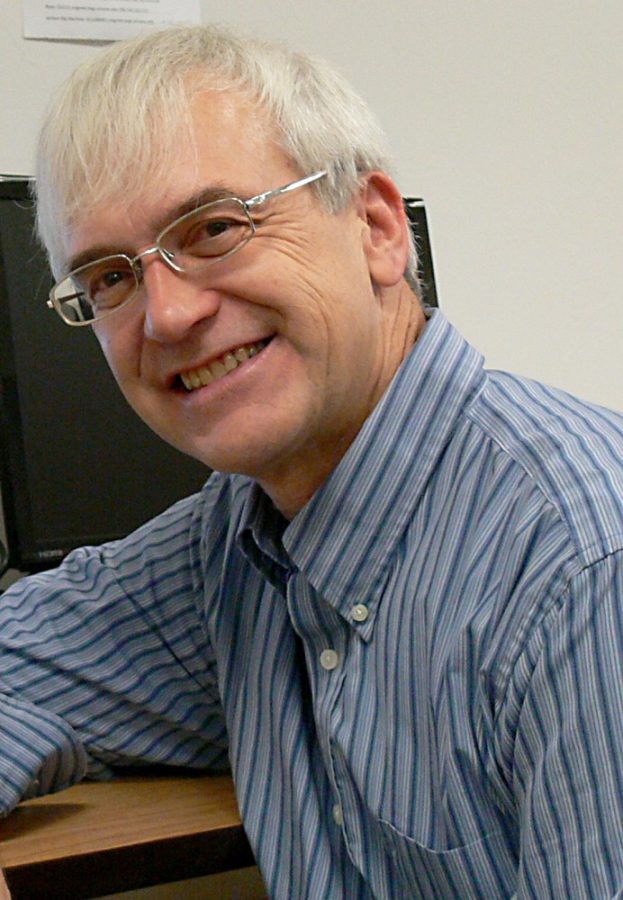Researchers in the department of electrical and computer engineering have been awarded a National Science Foundation grant to make a high-resolution imager that would enhance the UA’s imaging research.
The foundation gave researchers from the UA College of Engineering a $530,000 grant to design, build and test a high-resolution spectral imager. This machine will conduct tests by emitting terahertz rays, which have frequencies that extend from the lower end of the infrared band until the beginning of the microwave band on the electromagnetic spectrum.
One of the project’s leading researchers, Richard Ziolkowski, a professor of optical sciences and electrical and computer engineering, has been a pioneer in the emerging study of the “terahertz gap.”
Terahertz, Ziolkowski said, “is non-ionizing radiation,” which does not cause an atom or molecule to lose an electron. Because the frequency of terahertz rays is less than that of visible light but more than that of microwave radiation, terahertz can be used to identify objects in ways that had previously been impossible without causing damage. This makes the development of Ziolkowski’s spectral imager highly coveted, especially by security firms, material manufacturers and biomedical researchers.
“Raytheon would be interested,” Ziolkowski said. “Companies can’t do this on their own.”
The cost of building such a high quality instrument is out of the question for most companies, but possible for universities with funding from organizations like the National Science Foundation. In addition to the funding received from the foundation, the College of Engineering and Leslie Tolbert provided $238,000 for the project.
“One of the nice things about being at a university is being able to try new things,” Ziolkowski said. “That’s hard to do at a company.”
Students are already expressing interest in using the new imager.
“I am very excited,” said Ning Zhu, Ziolkowski’s research assistant and a graduate student in electrical and computer engineering. “I am looking forward to replacing X-ray imaging systems with THz imaging systems that use safer, non-ionizing radiation to detect specific chemicals, such as those associated with explosives at airports.”
The higher the resolution of the spectral imager, the more effectively objects can be identified. In melanoma testing, Ziolkowski said, terahertz radiation will show “not just the spot on the surface but how far it has spread around the spot.”
“It will take three years to model, fabricate and get the spectral imager in working condition,” Ziolkowski said. “The hope would be after two years to have a working device.”
During the final year, Ziolkowski said he hopes they’ll “see things others haven’t.”
Ziolkowski will work on the modeling for the imager while researchers Hao Xin, an electrical and computer engineering faculty member, and Michael Gehm, an assistant professor of electrical and computer engineering, will work on constructing the equipment.
“Being at the forefront is the important part,” Ziolkowski said. “You don’t know what you’re going to find.”









